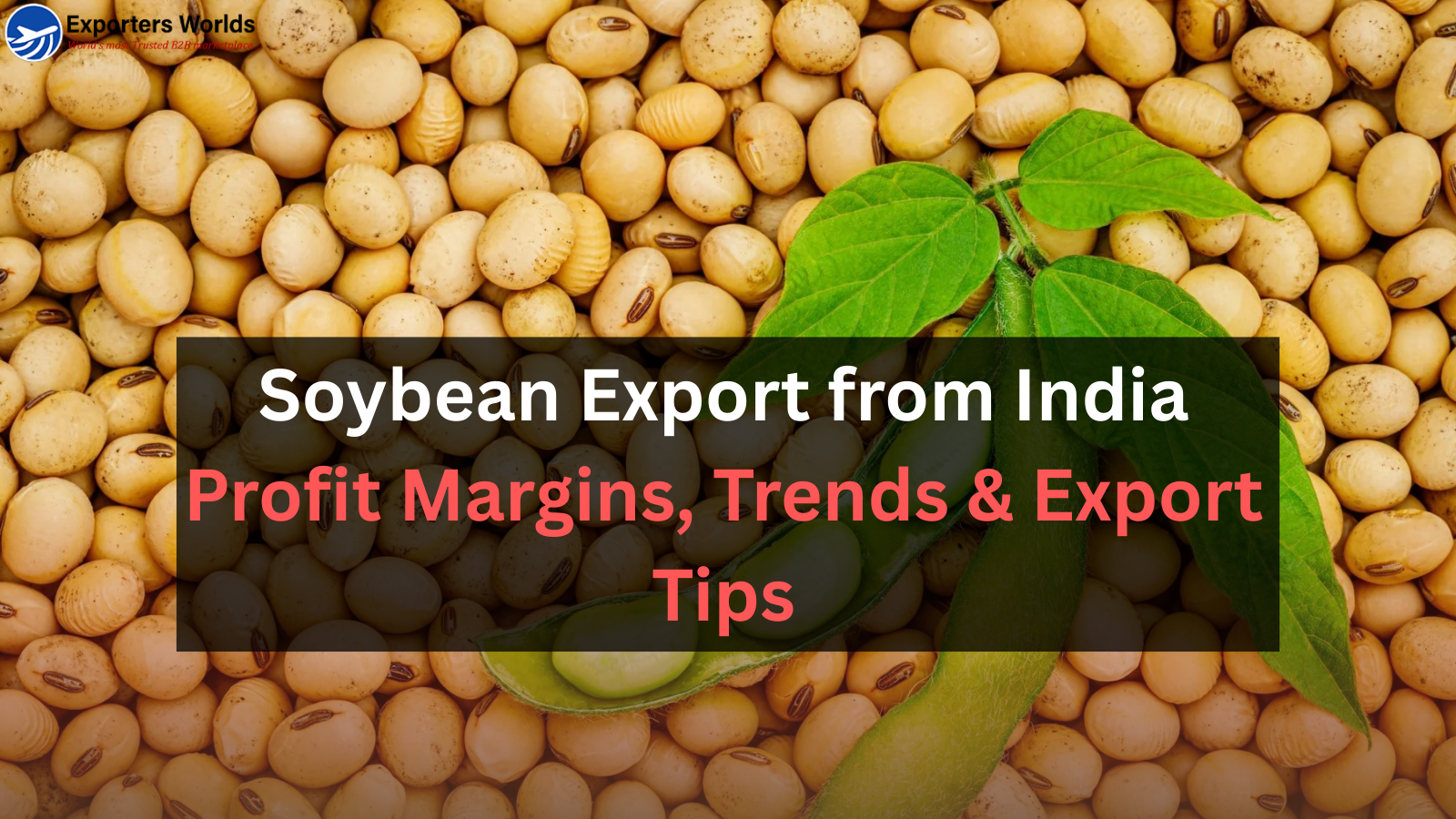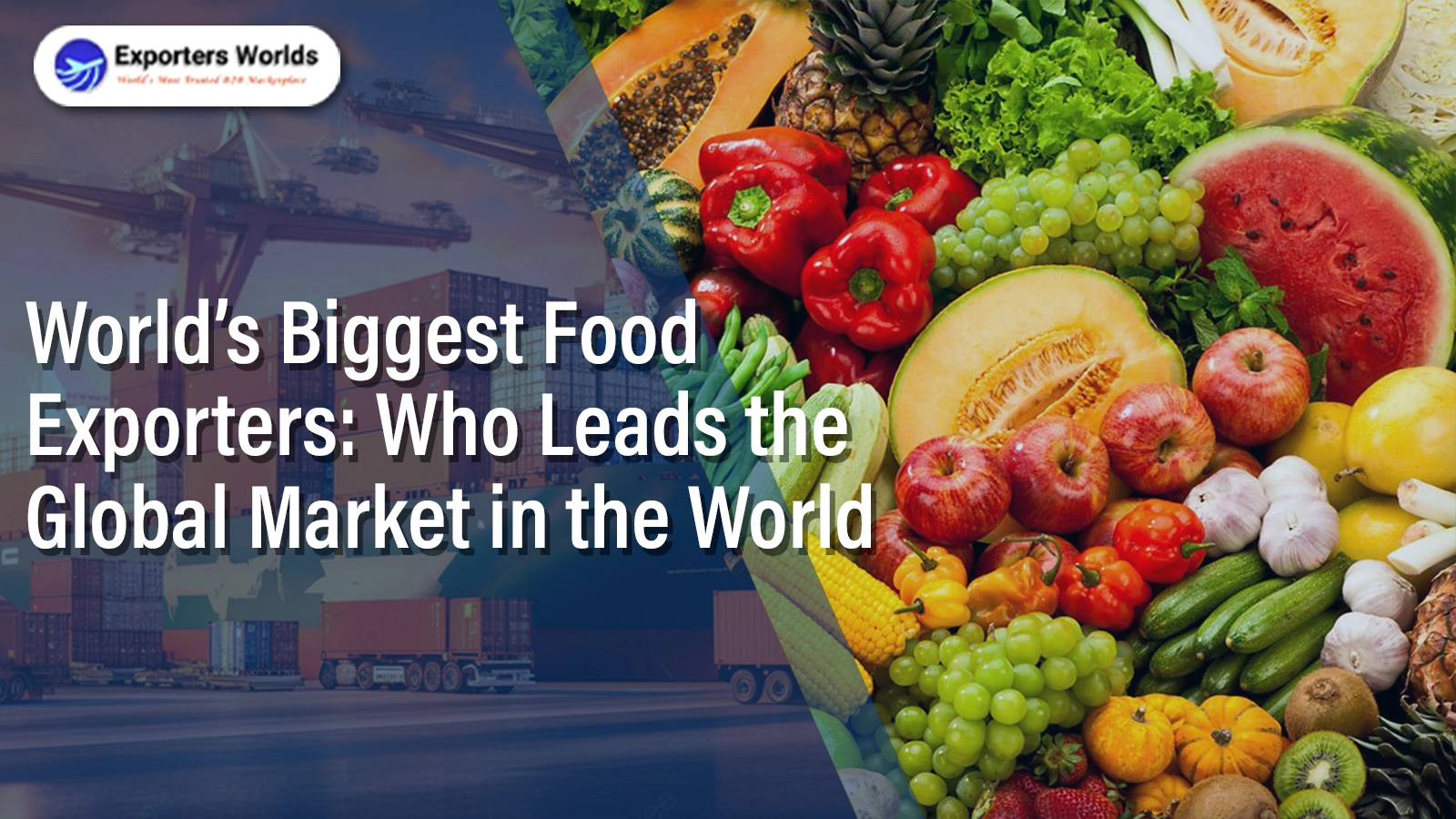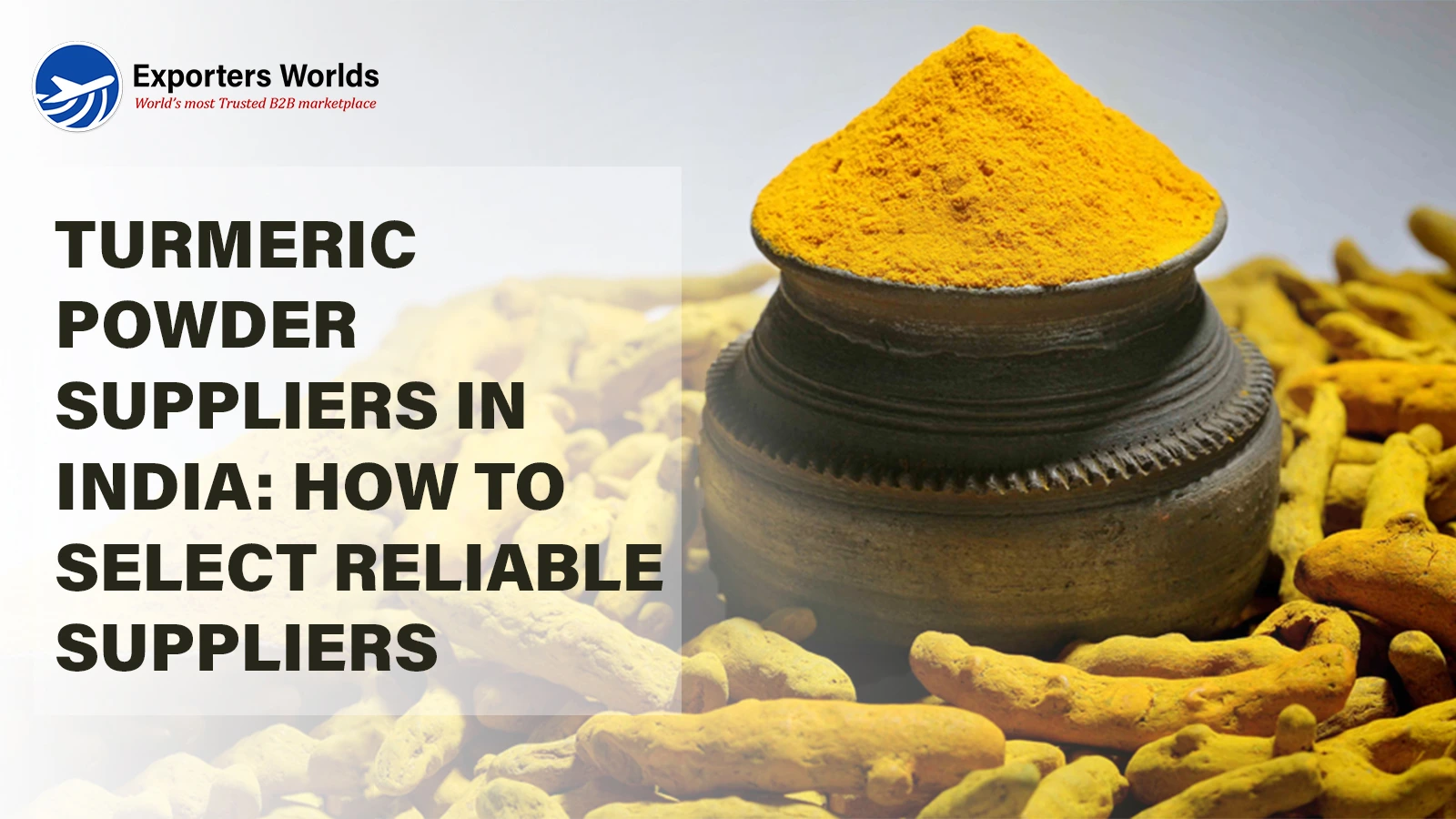Soybean Export from India - Profit Margins, Trends & Export Tips

Introduction
India grows more than 12 million metric tons of soybean each year—and yet, the full export potential remains vastly underexplored. Why? Not due to lack of quality. Not due to low demand. But because most traders are still untangling the maze of margins, market data, documentation, and real buyer connections.
Soybeans are no longer just about oil and feed. They're in everything—from tofu to protein bars to animal feedstock and even biodiesel. The global soybean export market was valued at over $163 billion in 2023. And India? It has a rising seat at that global table.
For new and seasoned exporters alike, understanding where the profit lies—and where the pitfalls are—is key to building a scalable soybean export business. This article is your unfiltered guide. And if you're looking for a partner to cut through the noise, Exporters Worlds is one name you'll want to remember.
Understanding the Soybean Export Market
Why India is a Key Player in Soybean Export
India’s soybean belt—Madhya Pradesh, Maharashtra, and Rajasthan—is a powerhouse. Madhya Pradesh alone contributes over 45% of the country’s soybean output. The climate in these regions is naturally suited for soybean cultivation, with minimal artificial input needed—translating to better margins for exporters.
India’s advantage isn’t just the soil—it’s also in the labor force, government push for agricultural trade, and a steadily maturing processing ecosystem. Although the U.S., Brazil, and Argentina dominate global volumes, India is increasingly carving a niche for non-GMO, organic-grade soybean exports.
Global Demand for Soybean: Who’s Buying and Why?
Globally, soybean imports are exploding. China leads by a wide margin, consuming over 100 million metric tons annually, followed by Vietnam, Netherlands, Egypt, and the UAE. From animal feed to soy oil to protein isolate for vegan products—global buyers are hungry for quality.
But here's the twist: emerging markets are gaining momentum—Bangladesh, Sri Lanka, Kenya. These regions are increasingly sourcing from India due to proximity, lower freight costs, and trust in Indian agri-trade systems.
Profit Margins in Soybean Export Business
Cost Structure of Soybean Export from India
It all starts with procurement. The average mandi price for soybean in India hovers around ₹4,200–₹5,000 per quintal (roughly $500–$600 per metric ton). Add to that:
-
Cleaning, grading, and packaging: $30–$50/MT
-
Transport to port: $20–$35/MT
-
Freight & Insurance (CIF pricing): $80–$150/MT depending on destination
-
Documentation & compliance: ~$15–$25/MT
Margins start thinning when you're not watching these closely. Exporters often bleed profits not on procurement—but on logistics.
Calculating Profit Margins in Soybean Export
A decent exporter can clock 7–12% net profit margins, but that varies wildly based on timing and negotiation. Here's a snapshot:
Let’s say you export 100 MT of soybean at $600/MT = $60,000 total revenue.
If your landed cost is $530/MT, you’re left with $7,000 in gross margin. Now deduct customs, taxes, minor warehousing—it tightens to around $5,000.
It’s a numbers game. But it can scale fast. Several exporters working with Exporters Worlds have moved from 1–2 container shipments to 10+ containers monthly simply by optimizing costs.
How Exporters Worlds Helps Maximize Profitability
Margins grow when knowledge does. Exporters Worlds helps with:
-
Real-time soybean export price tracking across ports and markets.
-
Verified logistics partnerships that offer pre-negotiated rates.
-
Buyer-matching algorithms connecting you to legit global demand.
-
Built-in ROI calculators and case studies.
One client from Indore tripled their export volume in under six months after using their trade analytics tool to spot underserved markets in East Africa. That’s impact.
Key Trends Shaping the Soybean Export Industry
Sustainability and Organic Soybeans in Export Markets
Demand for residue-free and organic soybeans is growing rapidly in the EU and the U.S. Organic soybeans sell at a 20–30% premium. But you need to be certified. Agencies like NPOP and USDA Organic approval take time—but open new doors.
Government Policies and Export Incentives in India
The RODTEP scheme is currently offering up to 2.5% refund on FOB value for soybean exporters. Add to that APEDA’s trade promotion subsidies, and you have a solid safety net.
India's FSSAI regulations and quality checks have aligned well with global norms. That’s helped Indian soybean earn a good name in traceability and food safety abroad.
Technological Advancements in Soybean Processing
Export-quality soybean today is not just about moisture content—it’s about uniformity, pesticide residue levels, and presentation. New-age machines are capable of grading 10 tons per hour, ensuring 99% uniform sizing.
More exporters are also moving toward blockchain-enabled traceability—allowing buyers to verify origin, certification, and transportation history digitally. It's the kind of transparency that wins repeat orders.
Top Tips for Succeeding in Soybean Export
How to Source High-Quality Soybeans in India
Don’t rely solely on APMC mandis. Direct ties with farmer-producer companies (FPCs) and cooperatives give you better pricing and fresher stock.
Before locking procurement, always check:
-
Moisture levels (should be under 12%)
-
Uniformity in grain size
-
Absence of foreign particles
A little quality assurance upfront saves you from costly buyer complaints later.
Navigating Export Documentation and Compliance
You’ll need an IEC, phytosanitary certificate, certificate of origin, packing list, and a lab test report. But wait—each country has its own import norms.
Vietnam needs food-grade testing reports. The Netherlands expects non-GMO certifications. Missing one paper can lead to a $10,000+ shipment rejection.
Finding the Right Buyers and Building Long-Term Partnerships
Scams are everywhere in global trade. Avoid freelancing on shady directories.
Instead, attend virtual trade expos, reach out via Exporters Worlds’ verified buyer network, or schedule video calls to evaluate seriousness. If they dodge due diligence—they’re not worth your container.
Common Pitfalls in Soybean Export and How to Avoid Them
Logistics Delays and Shipment Damage
A delayed container can kill profits fast. Always use freight forwarders who offer container insurance, GPS tracking, and port clearance guarantees. One storm off Mumbai port can hold a container for 5 days—and that’s all it takes to sour soybeans.
Quality Disputes with International Buyers
Always go for pre-shipment inspection by SGS or Intertek. That extra $100 can save a $30,000 contract. Include arbitration clauses in your contract for smoother conflict resolution.
Market Price Volatility
Soybean prices have seen 15–18% monthly swings during peak demand. Futures contracts or pricing locks with buyers can prevent chaos. Exporters Worlds offers trade alerts and demand forecasting to help you act, not react.
Why Exporters Worlds is the Go-To Partner for Soybean Exporters
What Makes Exporters Worlds Stand Out
They don’t just list your products—they elevate your game. Their platform provides:
-
End-to-end supply chain support
-
Daily export price updates
-
Verified international buyers, with contact history
-
Tools, calculators, and success frameworks for scale
Get Started with Soybean Export Today
The onboarding is simple. Register, list your product, verify your credentials—and get matched.
You also get access to live demand dashboards, buyer chatrooms, and one-on-one export mentorship.
Join Exporters Worlds to Scale Your Soybean Export Business. It’s more than a listing—it’s a growth engine.
Conclusion: Future Outlook for Soybean Export from India
The future is looking... protein-rich. Global demand for soy-based nutrition and feed will only climb. India, with its natural resources and improving infrastructure, is well-positioned to meet it.
But the exporters who’ll win are those who combine insight with agility—and those who don’t try to do it alone. Partnering with Exporters Worlds doesn’t just open doors. It gives you the tools to build your own.




